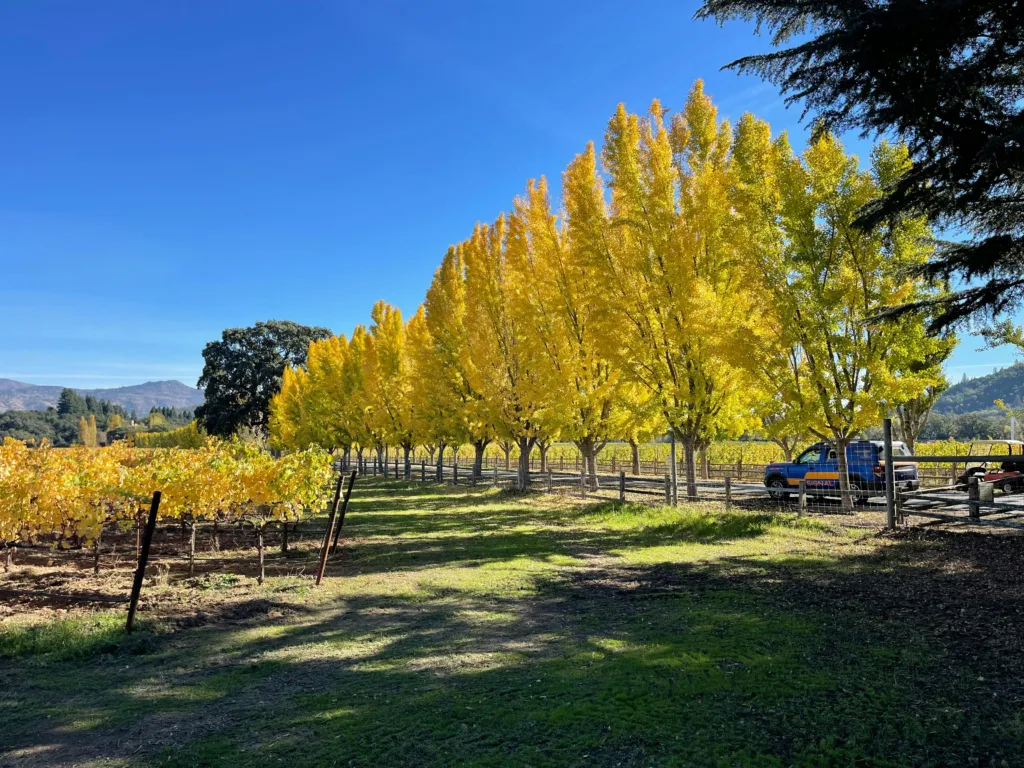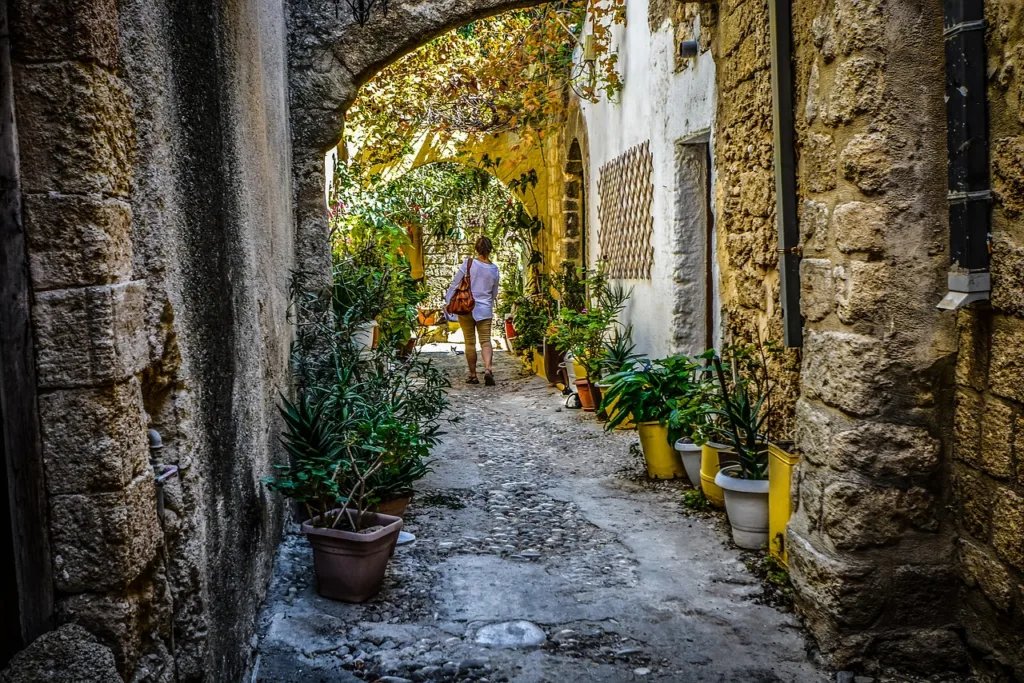California’s wellness tourism market is flourishing like never before, with projections indicating it will hit a staggering $1.4 trillion by 2027. We see this growth driven by an annual expansion rate of 12.7%, a proof of the rising demand for personalized, sustainable travel experiences. Wellness tourists contribute markedly to the state’s economy, spending 41% more than average visitors. But what are the underlying factors fueling this revolutionary trend?
Exploring the Surge in Wellness Tourism Demand
With wellness tourism on the rise, it’s clear that California’s market is thriving as travelers increasingly prioritize health and relaxation.
The wellness tourism industry here is projected to expand at an extraordinary 12.7% annually, reaching $1.4 trillion by 2027. This growing demand is evident as wellness travelers spend 41% more than typical tourists, illustrating their commitment to personal well-being.
In 2022, wellness trips constituted 7.8% of all tourism activities in California, emphasizing the shift towards health-focused travel. Immersive experiences that promote relaxation and rejuvenation are now integral to these excursions.
THE SPRING Resort & Spa offers a range of wellness and relaxation services in a scenic location with access to natural hot springs, making it an ideal destination for those seeking healing and restorative experiences.
Significantly, 85% of wellness trips are secondary, underscoring how travelers seek to blend leisure with wellness, reflecting our collective quest for freedom and comprehensive well-being.
Key Drivers Behind the Wellness Market Growth
Although California’s wellness tourism market is set for impressive growth, several key factors are driving this expansion. As part of the global wellness tourism sector projected to hit $1.4 trillion by 2027, California plays a crucial part.
The annual growth here is fueled by a surge in wellness travel, as 82% of U.S. consumers prioritize self-care to combat burnout. Travelers spend an average of $1,764 per trip, reflecting their commitment to invest in wellness alternatives.
The demand for comprehensive well-being is met by personalized experiences, including outdoor and integrative practices, which cater to mental and physical health benefits. Additionally, Wilbur Hot Springs, known for its healing properties and nature immersion, exemplifies the focus on sustainability that aligns with traveler preferences, enhancing California’s appeal in the wellness tourism market.
Profiles of the Modern Wellness Traveler
The modern wellness traveler is a diverse and developing demographic that’s reshaping the tourism scenery.
As wellness travelers, we’re seeing a split between those who focus their trips primarily on wellness, and others who weave wellness routines into leisure or business travel. This shift is part of the broader self-care movement, with 82% of U.S. consumers engaging in wellness activities like meditation and breathwork to combat burnout.
Notably, secondary wellness trips made up 85% of wellness tourism in 2022, showing a trend towards integrating wellness into general travel experiences.
Contrary to past perceptions, wellness retreats and activities are no longer just for luxury seekers. Mainstream audiences are enthusiastically embracing personalized wellness experiences, spending 41% more than typical international tourists on their travels.
A prime example is the Quiet Mind Mountain Lodge, a lakeside wellness retreat that offers all-inclusive packages focused on relaxation and inner peace, demonstrating the growing appeal of such destinations.
Innovative Approaches to Enhance Wellness Offerings
Recognizing the changing demands of wellness tourists, hotels and hospitality brands are adopting innovative approaches to improve their wellness provisions.
In the ever-changing Wellness Tourism Market, exclusive retreats combining excitement with mindfulness are gaining traction. Budget-friendly wellness solutions, such as in-room kits and access to local fitness experts, enhance guest experiences without hefty investments.
Meanwhile, mid-tier enhancements, like on-site massage and acupuncture, offer immersive physical and mental rejuvenation. High-end travelers benefit from advanced alternatives like biohacking and personalized diagnostics, including IV therapy.
Technology integration, through wellness apps and in-room fitness options, aligns with the progressing preferences of today’s tourists. Guided sunrise experiences further elevate stays, offering a comprehensive blend of relaxation and exploration in California’s lively wellness environment.
One of the standout destinations for such experiences is Two Bunch Palms, renowned for its 600-year-old mineral-rich lithium waters which contribute to wellness and healing.
The Role of Sustainability in Wellness Tourism
As the wellness tourism market continues to grow, sustainability takes center stage, driven by a rising consumer demand for eco-friendly and regenerative travel experiences. Our collective shift towards sustainable practices is evident as consumers prioritize destinations that integrate nature and culture responsibly.
For instance, The Maya Boutique Hotel & Spa in Switzerland showcases carbon-neutral practices, setting a benchmark for eco-friendly innovation.
- Sustainability in Design: Wellness real estate is growing at 17.4% annually, reflecting a need for healthy, sustainable communities.
- Nature-Based Activities: Travelers seek destinations that offer mental and physical rejuvenation while preserving ecosystems.
- Community Engagement: Local conservation efforts enhance visitor experiences and guarantee natural resources are preserved for future generations.
In this changing environment, the travel industry must adopt sustainability to thrive.
Frequently Asked Questions
How Big Is the Wellness Travel Market?
We see the wellness travel market booming, projected to hit $1.4 trillion by 2027. Wellness benefits and comprehensive experiences drive industry growth, with progressing travel trends reflecting consumer preferences for health-focused trips and life-changing experiences.
How Much Money Does California Make From Tourism?
We’ve seen California’s tourism revenue soar, with visitor spending reaching $24.3 billion in 2023. This extraordinary economic impact highlights positive travel trends and market growth, demonstrating recovery and potential for even greater success in the coming years.
Which Country Has the Highest Number of Wellness Tourism?
Isn’t it fascinating that the U.S. leads with the highest number of wellness tourism trips? Our wellness destinations align with global trends, offering enhancing travel experiences through health retreats. This fuels tourism growth, capturing freedom-seeking travelers.
How Big Is the Tourism Market?
We see the tourism market’s size reflected in growing tourism trends and economic impact. Travel preferences shift toward wellness, influencing destination popularity. Visitor demographics show diverse interests, driving significant changes in how we investigate and experience destinations.
Final Thoughts
To sum up, we’re witnessing a vibrant shift in California’s tourism scene, with wellness tourism growth driven by increasing demand for personalized and sustainable experiences. Some might question whether this trend will last, but with wellness trips comprising 7.8% of tourism activities and tourists spending 41% more, the data speaks for itself. As travelers increasingly seek relaxation and rejuvenation, the state’s innovative wellness provisions are ready to lead this thriving market into a sustainable future.



